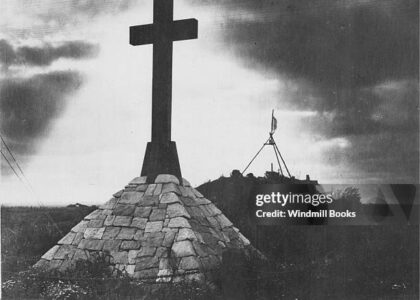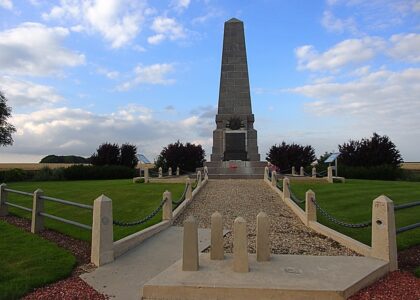Welcome to the Advanced Redoubt of Fort Barrancas, a fascinating chapter in the story of American defense history, located in Pensacola, Florida. This fortification was constructed between 1845 and 1870, primarily to protect the Pensacola Navy Yard from land attacks during a time when coastal defense was of utmost importance. Unlike typical redoubts which are square, the Advanced Redoubt was designed in a trapezoidal shape, adding a unique feature to its defensive architecture.
The story of this site is deeply intertwined with the broader history of Fort Barrancas, a fortification that has seen the flags of Spain, France, Britain, and the United States fly over it. The original Fort San Carlos de Barrancas was built by the Spanish in 1787, and over the years, it was reconstructed and expanded into the impressive brick structure you see today. It became a strategic military point during the War of 1812 and the Civil War, reflecting the turbulent times it has survived.
One of the notable aspects of the Advanced Redoubt is its construction history. It began with the labor of enslaved men, who laid the initial bricks before the project was completed by free men in 1870. This redoubt represents the last fort of the Third System Forts to be completed, marking the end of an era in military fort construction.
During the Civil War, Fort Barrancas and its surrounding fortifications, including the Advanced Redoubt, played a significant role. The Confederacy occupied the area briefly in 1861, but it was recaptured by Union forces in 1862. The fortifications here were crucial in protecting the Union’s Gulf Coast blockading operations.
In the post-war years, the Advanced Redoubt fell into disuse and suffered from neglect and vandalism. However, it was restored in the 1970s, thanks to efforts by the National Park Service, and today it stands as part of the Gulf Islands National Seashore, a testament to the diverse military history of the region.
As you explore the Advanced Redoubt, imagine the soldiers who once stood watch over this vital military position, the sound of cannons echoing across the bay, and the strategic importance of this site in safeguarding the United States during its formative years.






